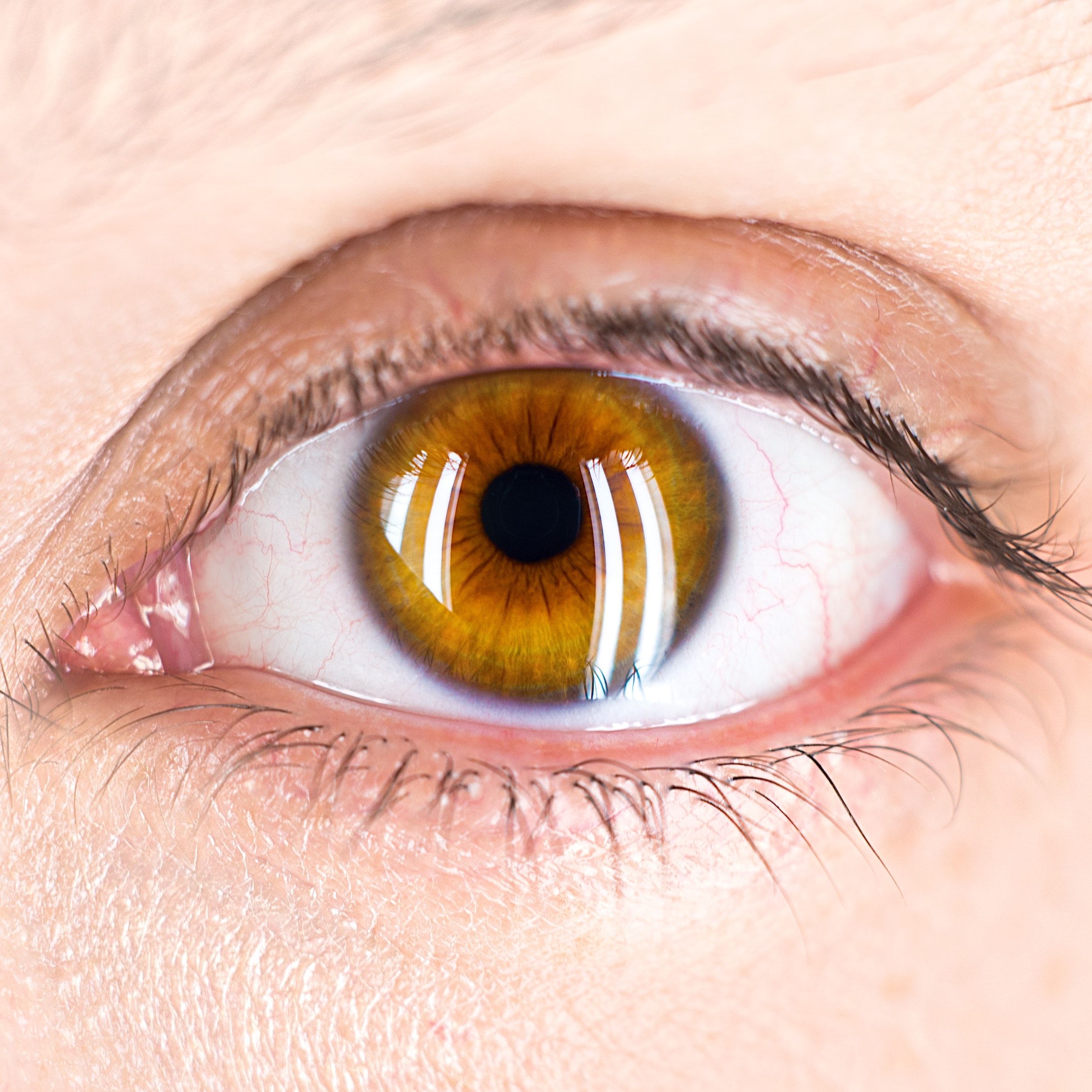Article
Intravitreal Anti-VEGF Injections Appear Safe with Regard to RNFL Thickness
Author(s):
Some fear repeated injections of anti-VEGF drugs might harm retinal nerve fiber layer, but a new study finds little evidence of such harm.

Intravitreal injections of ranibizumab or aflibercept appear to be safe in terms of their potential for peripapillary retinal nerve fiber layer (RNFL) in patients with age-related macular degeneration (AMD), according to a new retrospective study.
A team of Korean investigators, including corresponding author Daniel Duck-Jin Hwang, of the Catholic Kwandong University College of Medicine, wanted to better understand the risk, if any, to RNFL thickness from repeated anti-vascular endothelial growth factor (VEGF) injections.
The authors noted that such damage could theoretically be caused by 1 of 2 mechanisms. The first is through fluctuations in intraocular pressure (IOP) caused by the repeated injections themselves. The second is the fact that VEGF is a neurotrophic factor, and some fear thatrepeated suppression of VEGF’s neuroprotective effects might lead to RNFL damage.
In an effort to evaluate the risks and underlying mechanisms, Hwang and colleagues decided to evaluate 2 therapies: ranibizumab (Lucentis), which inhibits only VEGF-A; and aflibercept (Eylea, Zaltrap), which also binds to VEGF-B and placental growth factor.
“Aflibercept also has a longer half-life and higher affinity for VEGF than ranibizumab,” the investigators wrote. “Therefore, we evaluated the effects of multiple intravitreal ranibizumab (IVR) or aflibercept (IVA) injections on peripapillary RNFL thickness with exudative AMD based on spectral domain optical coherence tomography (SD-OCT) measurements.”
The study Hwang and colleagues designed was retrospective and was performed in newly diagnosed patients with monocular exudative AMD who sought care at an eye hospital in Incheon, Korea. A total of 29 patients were given IVR injections (0.5mg/0.05 mL) and another 29 patients were given IVA injections (0.5mg/0.05mL). All patients were given 3 injections at one-month intervals after diagnosis, with further as-needed doses based on choroidal neovascularization activity. Healthy eyes were used as controls. Medical examinations and SD-OCT measurements were reviewed at 3, 6, and 12 months.
The investigators found no statistically significant differences in RNFL thickness in treated eyes and fellow eyes in either group.
In the IVR group, global RNFL thicknesses and RNFL thicknesses in 6 examined sectors (temporal, superior temporal, superior nasal, nasal, inferior nasal, and inferior temporal) were not significantly different between the control eyes and treated eyes at any of the check-ups. However, between baseline and 12 months, global RNFL thickness in the treated eyes decreased at 3, 6, and 12 months, though there were no statistically significant decreases in the individual 6 sectors.
There were also no statistically significant differences in RNFL thickness in any sector between treated and untreated eyes in the IVA group. Global RNFL thickness significantly decreased at 3 and 12 months compared with baseline. No significant differences were noted in the 6 sectors. Untreated eyes also did not have significant differences in peripapillary RNFL thickness at 12 months.
For both IVR and IVA, the authors found no link between the number of injections and global RNFL thickness change.
Hwang and colleagues concluded that while the macular anatomical improvement was greater in the IVA group, the peripapillary RNFL thickness results were similar between the two groups.
“In both groups, only the global RNFL thickness of the treated eyes significantly decreased at 12 months,” they said. “Furthermore, this was not a clinically meaningful change because of a minor variation.”
The investigators said the decreases in RNFL thickness were likely due to the anatomical improvement of macular lesions.
“We believe that this study can help to alleviate the concern of physicians regarding RNFL damage after anti-VEGF injection,” they said.
The study, “Effect of intravitreal ranibizumab and aflibercept injections on retinal nerve fiber layer thickness,” was published online in Scientific Reports.



